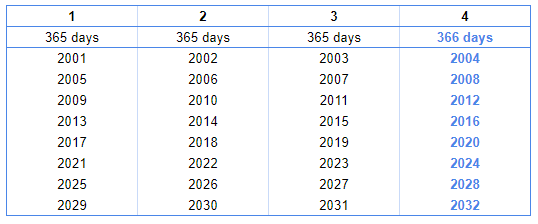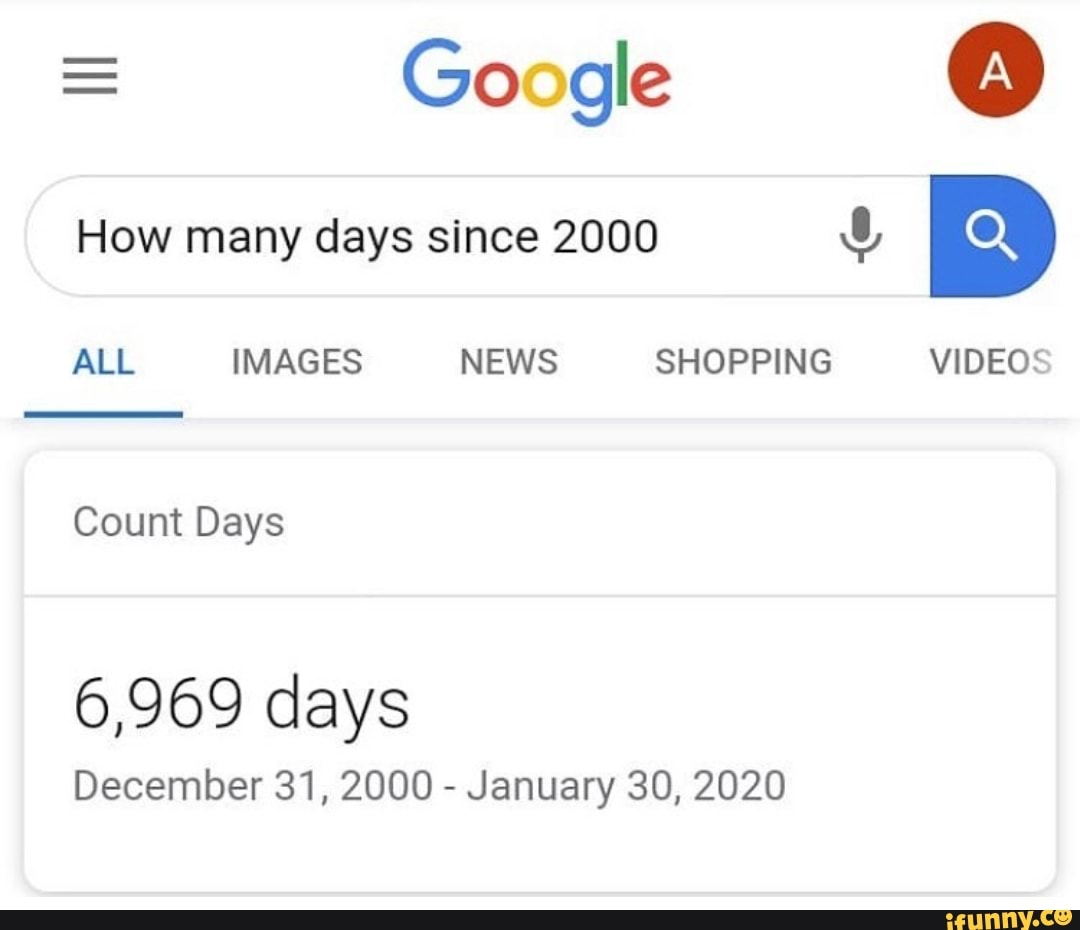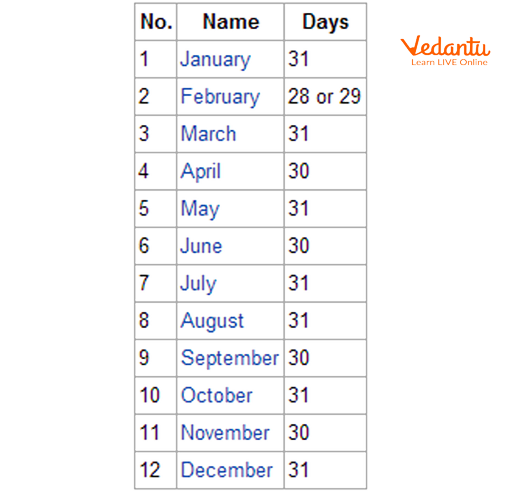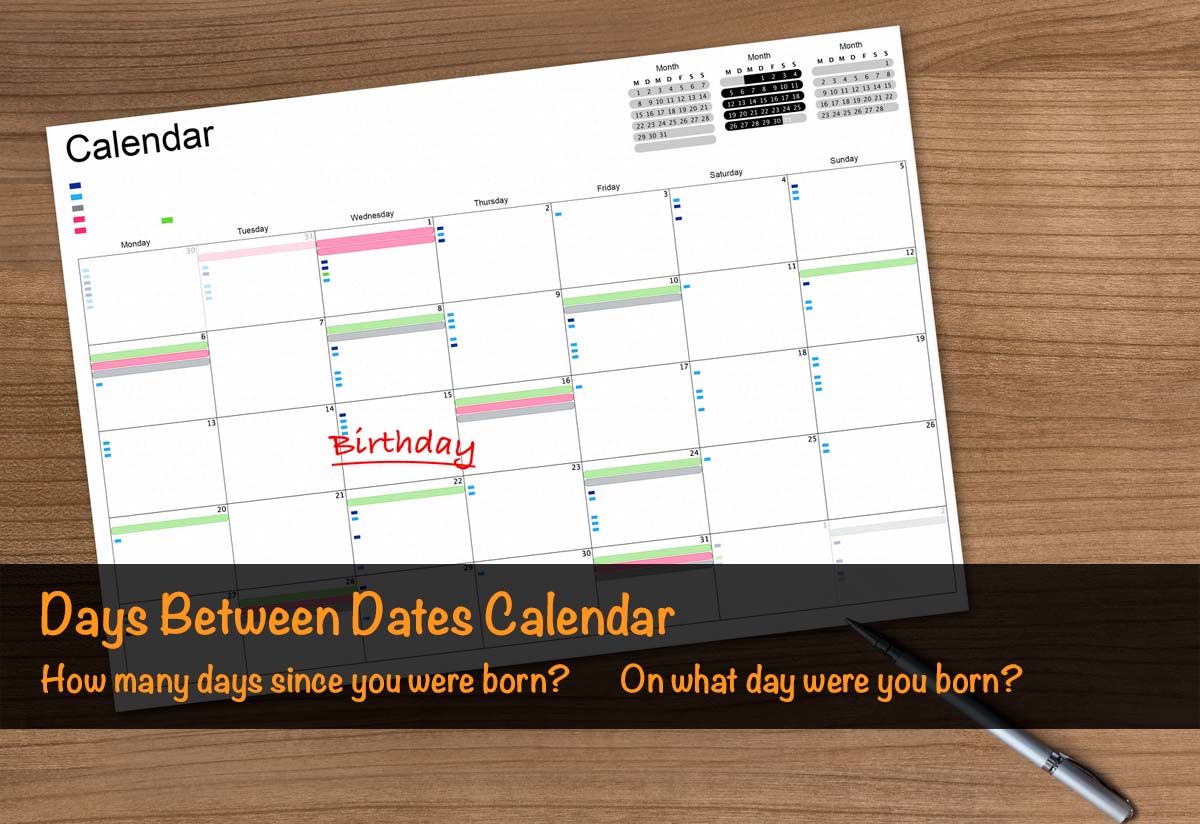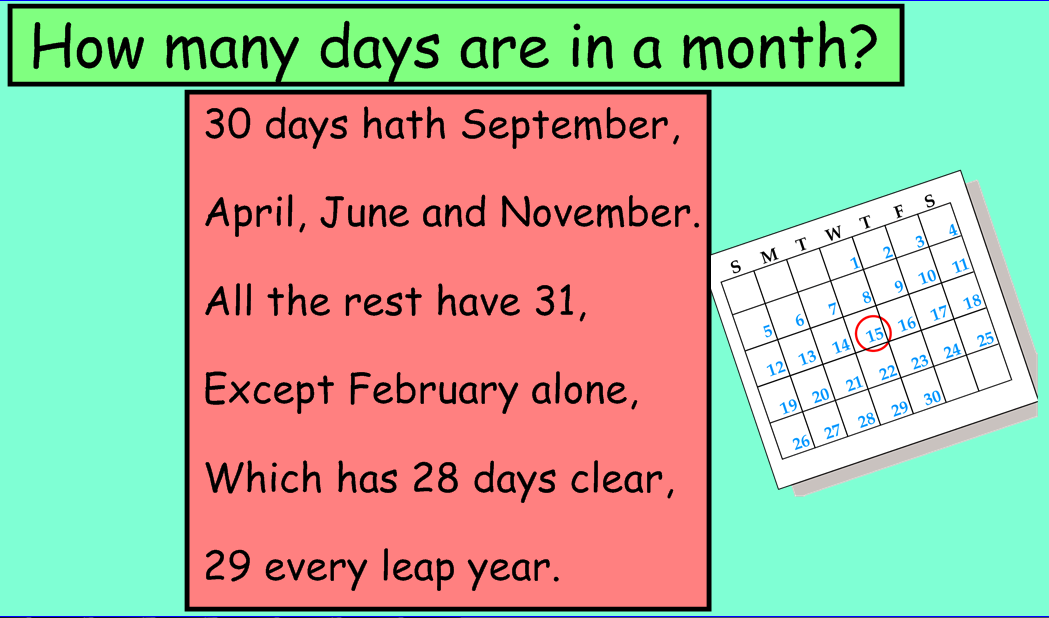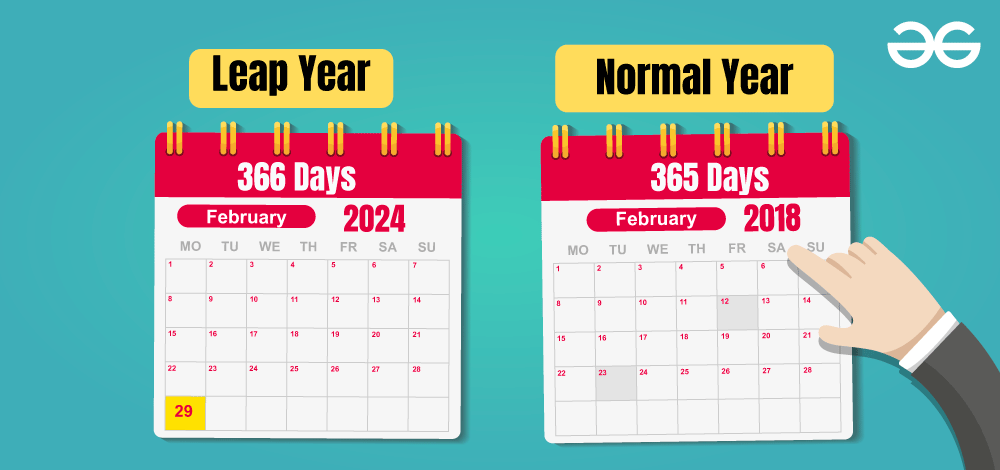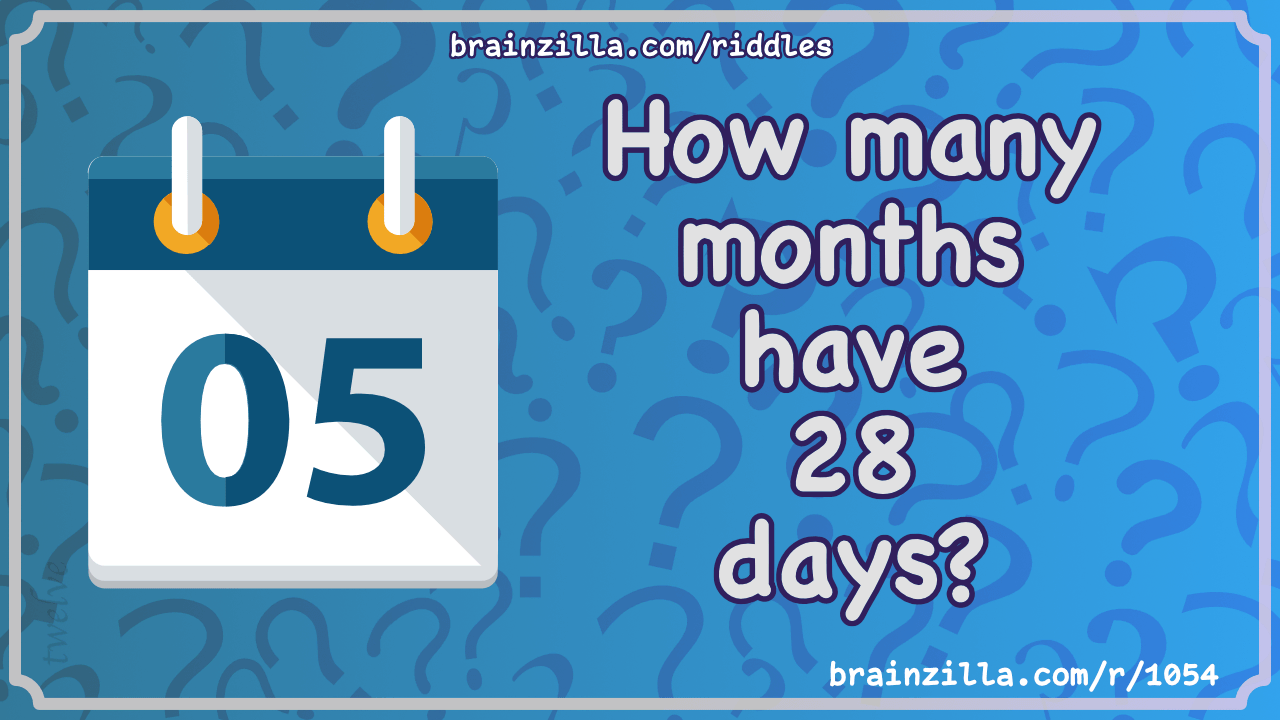How Many Days Has It Been Since January 30

Time marches relentlessly. As of today, October 26, 2023, it has been 269 days since January 30, 2023.
This milestone, while seemingly simple, provides a concrete marker for tracking progress, reflecting on changes, or simply acknowledging the passage of time since the start of the year.
The Calculation
The calculation is straightforward. We determine the number of days remaining in January after the 30th. This leaves us with one day in January.
Then, we add the days in each subsequent month until the current date. February has 28 days in 2023. March has 31 days.
April has 30, May has 31, June has 30, July has 31, August has 31, September has 30, and finally, October has 26 days, up to and including today.
Adding those figures together: 1 + 28 + 31 + 30 + 31 + 30 + 31 + 31 + 30 + 26 equals 269 days.
Why Track Days?
While seemingly academic, tracking days since a specific date serves various purposes. Businesses might use it to monitor project timelines.
Individuals may track days for personal goals or milestones. Government agencies might use it to calculate deadlines for regulatory processes.
The simple act of knowing the number of days can provide context and perspective on elapsed time. It offers a quantifiable measure of time’s progression.
Implications and Applications
Consider the implications for projects with deadlines. Knowing that 269 days have passed since the start of the year can inform resource allocation and task prioritization.
It can also serve as a reminder of the time remaining in the year. This awareness can drive efficiency and focus on key objectives.
From a personal perspective, the number of days can highlight personal growth or the achievement of specific goals. It becomes a tangible measure of progress.
Tools and Resources
Numerous online tools and resources can automatically calculate the number of days between two dates. Websites like Time and Date AS offer date calculators.
Spreadsheet software such as Microsoft Excel and Google Sheets have built-in functions. Those functions can calculate the difference between dates.
These tools provide convenience and accuracy for anyone needing to determine the number of days elapsed. They eliminate the need for manual calculations.
Accuracy and Verification
The calculation presented here assumes a standard Gregorian calendar year. It’s important to note that leap years would affect the count for dates spanning February 29th.
To ensure accuracy, always double-check calculations with reliable date calculators. Avoid relying solely on manual calculations.
Consistent verification helps prevent errors and maintains the integrity of the timeline. Precise record-keeping is crucial.
Future Considerations
As the year progresses, the number of days since January 30th will continue to increase. Tracking this number can provide ongoing insights into project timelines.
It can also highlight the approach of year-end deadlines and goals. Maintaining awareness of the passage of time is essential for effective planning.
This simple calculation serves as a constant reminder of the ongoing flow of time. It reinforces the importance of making the most of each day.
The Significance of Time
Ultimately, knowing that 269 days have passed is a reminder of the preciousness of time. It underscores the need to prioritize tasks and goals.
It encourages reflection on accomplishments and adjustments to strategies. Understanding the value of time drives efficiency and effectiveness.
Whether for business or personal endeavors, acknowledging the passage of time fosters a sense of purpose. It enhances our appreciation for each passing day.
Next Steps
Continue to monitor progress against established goals. Use the remaining days of the year wisely.
Re-evaluate strategies and make adjustments as needed. Stay focused on achieving key objectives.
Leverage the awareness of elapsed time to drive efficiency and productivity. Make the most of every opportunity.


